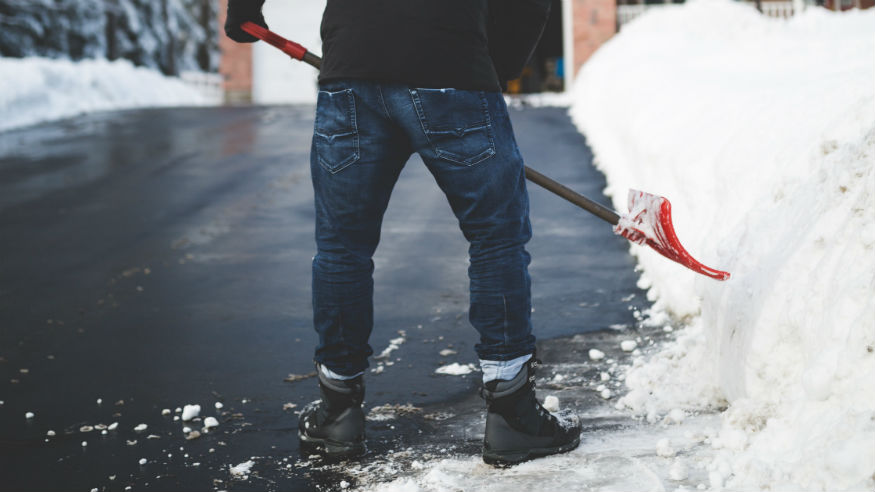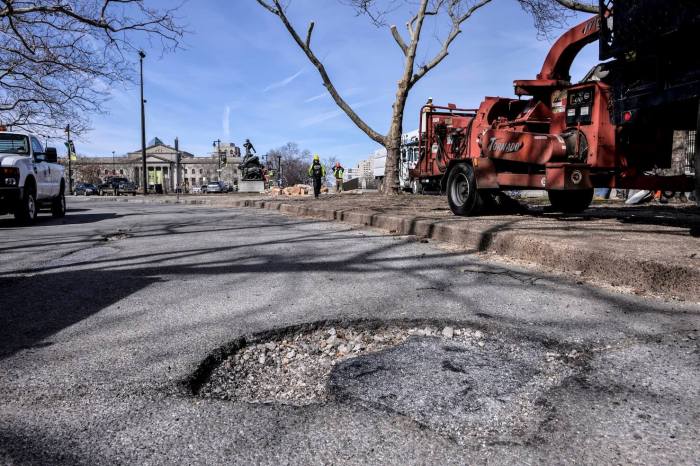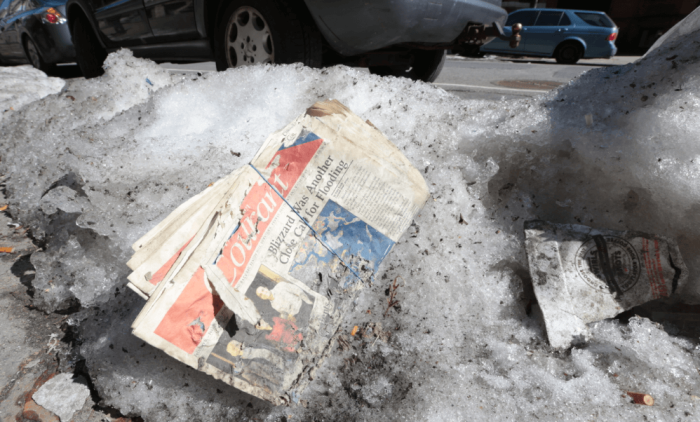You probably know how to shovel snow, at least you think you’ve got it down to a T. But one wrong move, and you can hurt yourself in the process.
Last week, the East Coast and mid-Atlantic experienced their first winter storm of the season.
The storm, called “Avery,” brought 6.4 inches of snow to Central Park. Though Boston saw less than 3 inches, some areas of Massachusetts were slammed with three times that amount. And everyone broke out the shovels.
Joseph Trani, MSPT, ATC, Regional Clinical Director of Professional Physical Therapy in Manhattan, tells Metro that the most common injuries from shoveling snow are low back and shoulder strains.
Cardiovascular injuries can occur too, and they’re more serious, he says.
“Shoveling snow can cause an increase in blood pressure and heart rate, especially in sedentary [read: more inactive] people,” Trani explains. “This coincides with the low temperature outside, which can cause the arteries to constrict. This can lead to a heart attack.”
Sure, shoveling snow can seem like a no-brainer, but here’s how to avoid possible injury.
How to shovel snow: Remember your form
“The number one mistake people make is using incorrect form when shoveling,” Trani says.
In terms of how to shovel properly, you should be lifting with your legs “and not solely from your arms and low back.”
“Do not load up the shovel with snow, especially when it is wet and heavy,” he continues. “Also, pushing instead of lifting the snow can help avoid injury.”
Don’t do this:
How to shovel snow: Get the right shovel
You might know how to shovel properly, but the wrong tools could break your form.
Trani suggests using a curved shovel, which will “take pressure off the low back and arms.”
How to tend to injuries
If you do get a strained muscle while shoveling snow, use ice for the first 24 to 48 hours. This, Trani says, will reduce swelling. You should then transition to heat, which will help alleviate pain.
“General stretching to the upper trapezius and hamstrings can reduce any soreness from shoveling,” he said. “Lying on your back and bringing your knees to the chest can help stretch the lower back.”
To stretch your hamstrings, take a strap or belt and wrap it around your foot. Lying down, “use the belt to assist in raising the leg while keeping the knee straight.”
When to seek medical attention
“Any signs of cardiovascular insult should result in immediate medical attention,” Trani says, adding that persistent or worsening pain should be checked out as well.
As winter draws near, more snowfall is inevitable. Remember these tips the next time your driveway turns into a scene from Frozen.



















